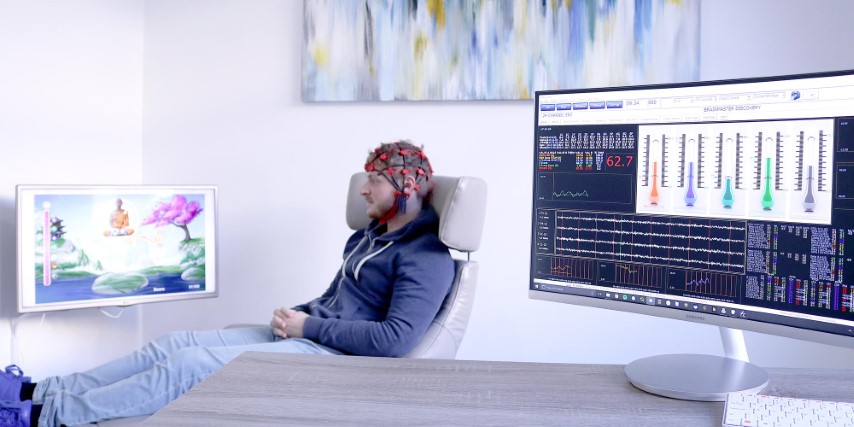Unveiling the Connection Between quantitative EEG and Sleep Disorder Patterns for Enhanced Assessment and Treatment
Unveiling the Connection Between quantitative EEG and Sleep Disorder Patterns for Enhanced Assessment and Treatment
Blog Article
Slumber hypopnea is a prevalent slumber disorder that affects many individuals throughout the globe. It happens when a person's respiration is interrupted during sleep, leading to subpar slumber quality and various health concerns. One of the ways researchers and physicians are endeavoring to improve comprehend and diagnose sleep apnea is through a method called quantified electroencephalography, or qEEG. This method assesses the electronic function of the cerebrum and can offer valuable insights into how sleep apnea impacts brain activity and overall health.
qEEG entails positioning small electrodes on the scalp to capture cerebral waves. These brain waves are then examined to detect patterns that may indicate sleep disorders, including sleep apnea. By analyzing these trends, medical providers can gain a clearer picture of how sleep apnea interrupts normal brain activity during sleep. This data can be essential for formulating efficient treatment plans tailored to specific patients. Understanding the connection between qEEG and sleep apnea can result to enhanced diagnostic methods and better results for those impacted by this disorder.
Research has shown that individuals with sleep apnea often display specific alterations in their brain wave patterns. For example, during episodes of apnea, the cerebrum may exhibit heightened activity in certain areas while other areas become less active. These changes can influence how effectively a individual slumbers and how refreshed they perceive upon awakening. By using qEEG to monitor these brain wave patterns, doctors can identify specific characteristics of sleep apnea in patients, which can help in making a more precise identification. This is particularly crucial because sleep apnea can occasionally be confused for alternative sleep conditions, resulting to misguided therapies.
In furthermore to enhancing identification, qEEG can also serve a part qEEG analysis for narcolepsy in assessing the efficacy of therapies for sleep apnea. For example, after a client starts employing a constant beneficial airway force (CPAP) device, which assists keep the passage clear during slumber, qEEG can be utilized to evaluate alterations in cerebral function. If the cerebrum exhibits enhanced trends of slumber after initiating treatment, it may suggest that the treatment is functioning well. This feedback can help doctors make necessary adjustments to treatment plans, guaranteeing that clients obtain the optimal treatment feasible.
In summary, the relationship between qEEG and sleep apnea trends is an promising area of study that offers potential for enhancing diagnosis and treatment. By understanding how sleep apnea affects brain function, medical professionals can formulate more efficient approaches to assist clients attain improved sleep and improve their overall health. As research continues to advance, it is probable that qEEG will turn into an integral instrument in the fight against sleep apnea, leading to better results for those who suffer from this challenging condition.